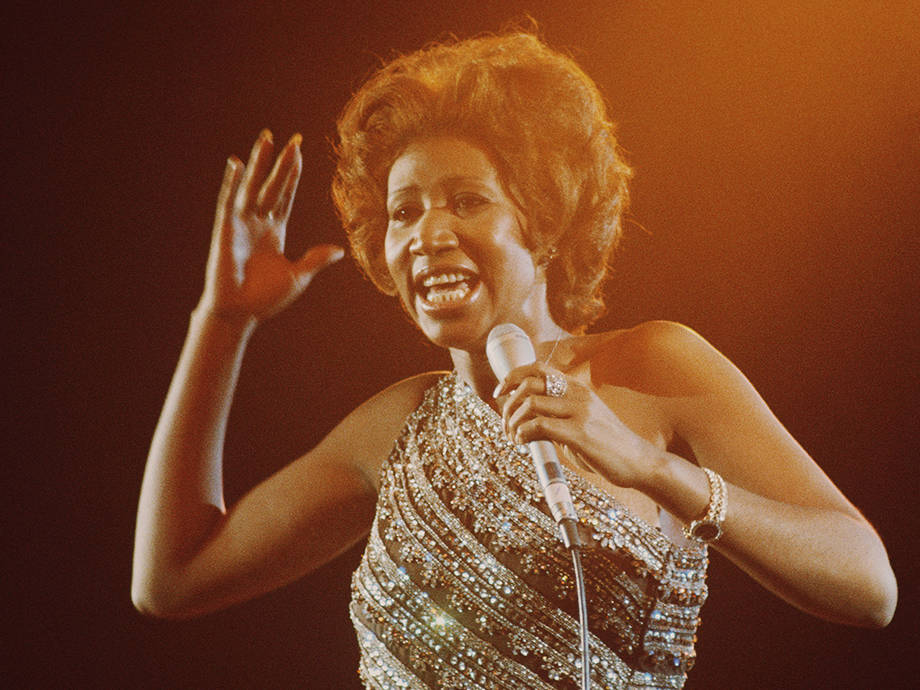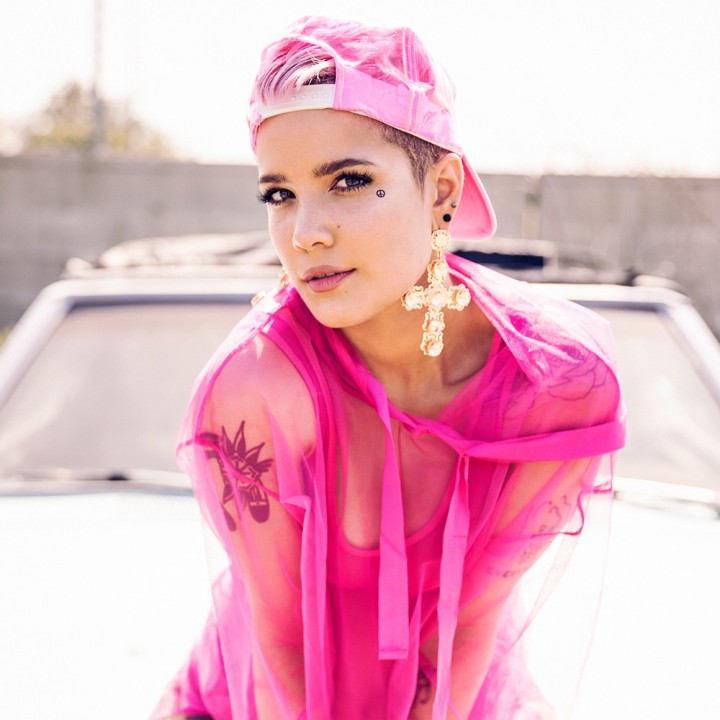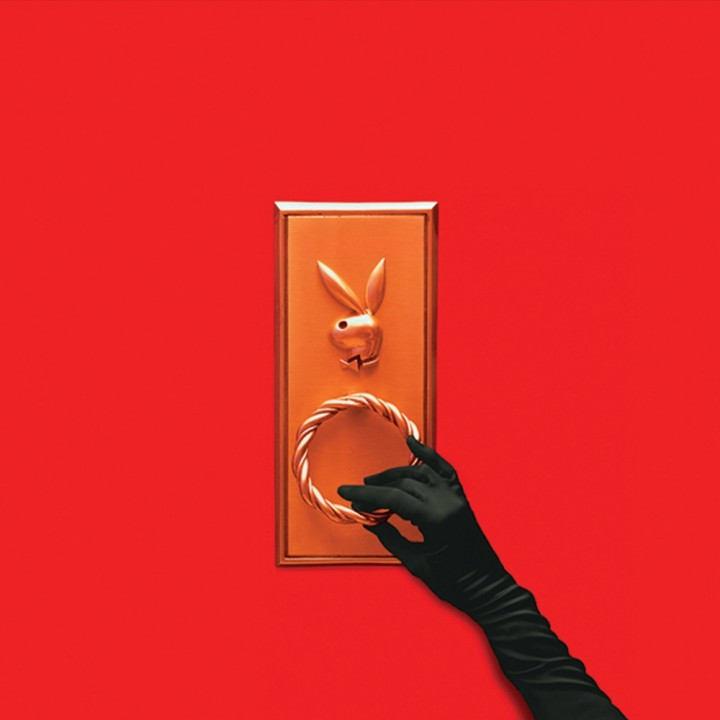
Karl Lagerfeld: A Lesson in Living a Passionate Life
Playboy remembers the iconic Chanel creative director
Karl Lagerfeld was an icon hellbent on outliving us all. Over the course of a career that spanned six decades, the German fashion designer—known best for the 35 years he spent as Chanel’s creative director—shaped several generations’ perception of what unparalleled luxury and fantasy looked like. He died this morning in Paris at the age of 85.
Born in the German city of Hamburg in 1935, Lagerfeld was the second child of a quintessentially middle-class Catholic family. Having escaped the city to the north of Germany during World War II, the time he spent with his mother, astute in nature, became the most potent influence throughout his childhood. She was a former lingerie saleswoman, and imparted an air of classiness that stuck. After boarding school, he left Germany for Paris where he completed his education at the esteemed Lycée Montaigne, before slipping into a fashion scene shaped by the likes of his first industry boss Pierre Balmain, along with Cristobal Balenciaga and, of course, Ms. Coco Chanel.
His chalk white ponytail and impenetrably dark sunglasses were his iconic trademark, but fantasy and reinvention were the key ideas at the core of Lagerfeld’s vision as a designer
They were presented against lustrous backdrops every season, solidifying Lagerfeld’s position as a purveyor of something not of this world; taking his collections everywhere from the cowboy haunts of Dallas (Chanel Metiers d’Art 2013) to, most commonly, the glass-roofed Grand Palais in Paris. The concept of a bare runway was alien to this man. He dreamt up mad-hatter sets: showcasing collections in Chanel-branded airport terminals, in the shadows of 9-feet-tall icebergs imported to Paris from Scandinavia, and in space stations complete with gigantic rockets that appeared to ascend through the Grand Palais’ shattering ceiling.
In the mid 2010s, as the vast majority of the fashion industry started to succumb to the lure of luxury streetwear and athleisure, Lagerfeld eschewed it completely. "Sweatpants are a sign of defeat,” he famously said, “You lost control of your life, so you bought some sweatpants." He refuted the idea of a legacy brand creating garments that could be owned by the masses. To this day, a Chanel item remains an instantly recognizable and unparalleled symbol of luxury; the house has Karl Lagerfeld to thank for that.
Rediscovering Aretha Franklin Even as We Say Goodbye
The music world lost its queen but there’s still much left to unearth about this legendary icon.

And still, the death of Karl Lagerfeld signals the end of a matchless fashion era. He was, for many, the one who harnessed an fickle industry to what felt important: a gatekeeper and commentator who had the unwavering desire to both embrace tradition and revoke the possibility of the industry falling into a lazy, solely commodified space. In his hands, clothes became part of a grandiose spectacle that permeated the pop cultural conversation. "I've always known that I was made to live this way,” the man himself once wrote, “that I would be this sort of legend."
The word "legend"is thrown around far too liberally nowadays, but Karl Lagerfeld, deservedly, lived and embraced that identity for decades. Fashion will forever be indebted to him.






